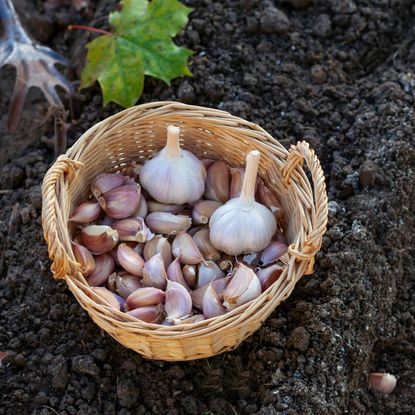Herbs
Whether just starting out, looking for growing info, or need help identifying edible herbs, you’ve come to the right place. There are a number of herbs that can be grown in the garden—some for medicinal reasons, some for aesthetic reasons, and others being common herbs you can eat, cook with or use in teas. Learning how to grow herbs is easy, and with the right know how, identifying edible herbs will become second nature. So whatever the reason, we can help with all your herb growing needs.
-
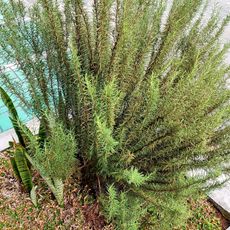
Your Rosemary Plant Is Getting Woody – Do This Now to Revive It in Time for Spring
Rosemary turns leggy and woody after a few years. If you want to know how to revive a rosemary plant, here’s how to bring back bushy growth, natural oils, and intense flavors
By Tyler Schuster
-
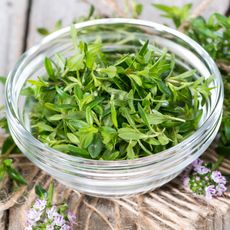
Meet the Plucky Winter Herb That Adds Amazing Flavor to Your Cooking When Other Herbs Die Back
While many annual herbs have turned up their toes, there is one semi-evergreen hardy perennial herb that comes into its own. Introducing the resilient winter savory
By Tyler Schuster
-
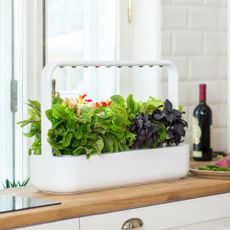
I Love This Indoor Garden System for Fresh Produce Year-Round – And It is 20% Off Right Now For the Holidays!
The Smart Garden 9 system from Click & Grow is a mess-free, hassle-free way to grow delicious herbs, greens, and cherry tomatoes all year long.
By Kathleen Walters
-

I Was Losing the Battle With Houseplant Pests – Until I Started Growing These Herbs Beside Them
Place these 10 pest repellent herbs next to your houseplants to protect them from beetles, fungus gnats and more.
By Mary Ellen Ellis
-
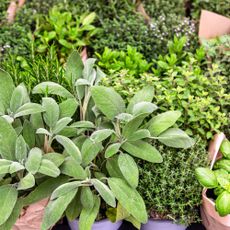
This 1 Garden Herb Is a Must-Grow for Cold & Flu Season (I Plant It Every Year!)
If you only grow one garden herb this winter, here's why you need to make it this one...
By Kayleigh Dray
-

Best Herbs and Salad Greens to Grow Indoors Over Winter – For Fresh Flavor Through the Coldest Months
Don't give up on growing fresh produce during the winter. Bring the flavors inside! Check out these 10 best herbs and greens to grow indoors this winter.
By Teo Spengler
-
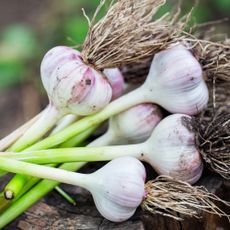
How to Grow Garlic at Home: The Easy Way to Bigger, Tastier Bulbs
From planting to curing, our garlic guide shows you how to grow generous aromatic bulbs like a pro.
By Melanie Griffiths
-
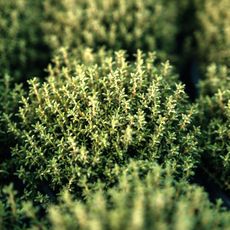
Perfect Thyme Every Time – Your Comprehensive Thyme Growing Manual
Want low maintenance and big flavor? Thyme thrives on neglect and tastes like nothing else. Here's the step-by-step guide to growing this wonder herb.
By Liz Baessler
-
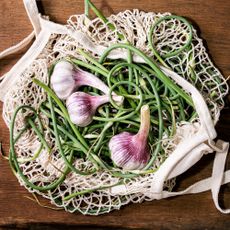
Planting Store-Bought Garlic: Expert Growing Tips for a Successful Harvest
Not all store-bought garlic cloves will sprout, but with the right bulbs, timing, and a few simple techniques, you can enjoy a satisfying homegrown harvest.
By Amy Grant
-
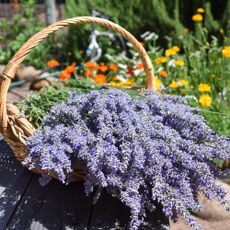
Burn These 3 Garden Herbs in October to Deter Pests, Purify the Air, and Set the Tone for the Season Ahead
Burning garden herbs isn’t just a wonderfully atmospheric fall ritual; it’s packed full of benefits, too.
By Kayleigh Dray
-
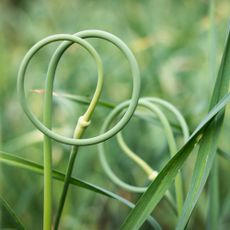
What Are Garlic Scapes? How to Grow and Harvest This Tasty Bonus Crop
Garlic is an easy to grow plant that is used for its bulb and its greens. Garlic scapes are the first tender green shoots on garlic which will become bulbils. Learn more garlic scapes in this article.
By Bonnie L. Grant
-
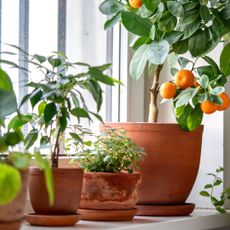
Don’t Let First Frost Get The Better Of These 9 Plants – Bring Them Indoors Before It’s Too Late!
Once you get to fall, it may only take one frosty night to wreak havoc. If you want to protect plants from frost, bring these 9 half-hardies, perennials and tenders indoors
By Janey Goulding
-
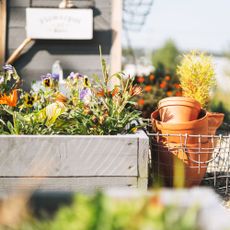
8 Hardy Herbs to Plant in Fall for Fuss-Free Fragrance and Flavor
In the mood for some easy breezy edible plants? These low-maintenance herbs are guaranteed to pack a punch this fall…
By Kayleigh Dray
-
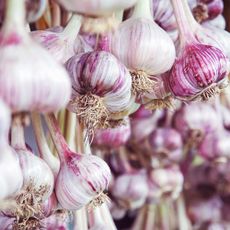
Types of Garlic Explained: Best Hardneck, Softneck and Elephant Varieties to Grow
With so many garlic varieties available to grow, how do you know where to start? Compare different types for your needs and climate with our expert guide.
By Amy Grant
-
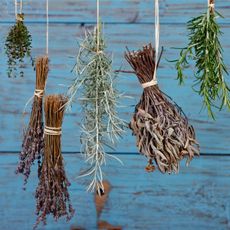
6 Herbs to Harvest and Dry Before Frost Hits
Harvest and dry these 6 tender herbs in early fall before the cold takes them.
By Mary Ellen Ellis
-

Spiders Invading Your Home? These 6 Plants Repel Creepy Crawlies and They Smell Divine!
If you don’t want to share your home with inquisitive arachnids, grow these 6 plants that repel spiders – and as a neat bonus, they also smell really lovely
By Janey Goulding
-

When and How to Fertilize Garlic for Big, Healthy Bulbs
Garlic is a long-season crop that needs heavy fertilizing to grow big bulbs with the best flavor. Learn how to get the timing right and which products to use.
By Amy Grant

